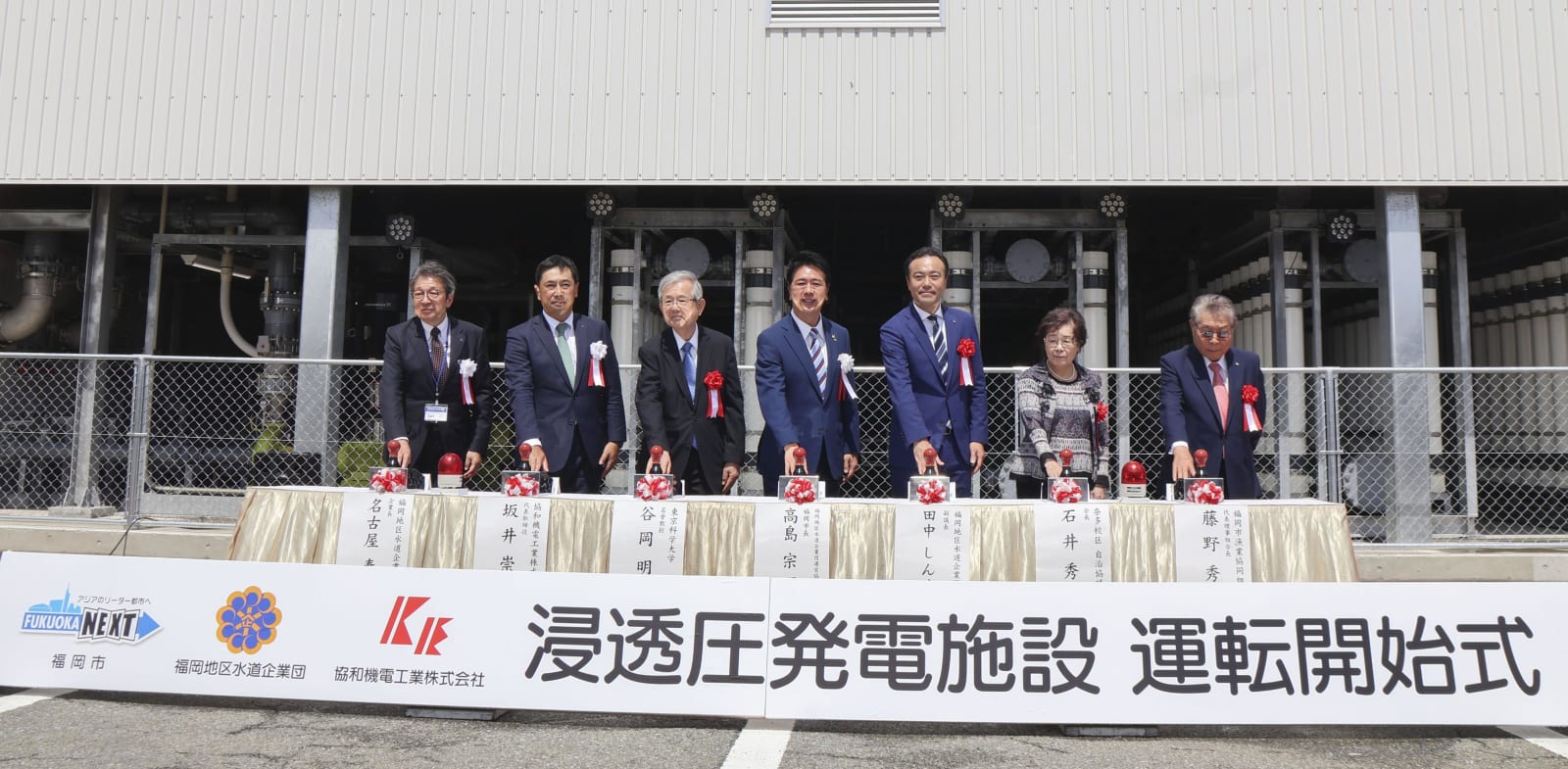Japan's First Osmotic Power Plant Launches in Fukuoka

Introduction to Osmotic Power Technology
Osmotic power, also known as salinity gradient power, is a groundbreaking technology that harnesses the difference in salt concentration between seawater and fresh water to generate electricity. This innovative method has recently seen its first operational implementation in Japan, marking a significant milestone in the field of renewable energy.
The Launch of Japan's First Osmotic Power Plant
In early August, Japan launched its first osmotic power plant located in a southwestern prefecture. This facility represents a major step forward in utilizing this unique form of energy. The Fukuoka District Waterworks Agency, which operates the plant, is the second organization globally to implement this technology, following a Danish company that initiated similar operations in 2023.
The agency refers to osmotic power as "a next-generation renewable energy source that is not affected by weather or time of day and emits no carbon dioxide." This characterization highlights the potential of the technology to provide a stable and environmentally friendly energy solution.
How Osmotic Power Works
The process, known as salinity gradient power, involves creating electricity through an osmotic process. In this method, concentrated seawater is produced by extracting fresh water, which is then separated from treated water from a sewage treatment facility using a permeable membrane. This membrane allows only water molecules to pass through, effectively filtering out impurities.
As fresh water moves from the less concentrated side to the more concentrated side, it creates pressure. This pressure is used to rotate a turbine, which in turn drives a generator to produce electricity. The entire process is both efficient and sustainable, making it an attractive option for future energy solutions.
The Impact of the New Plant
The newly established power generation plant, which began operations on August 5 in Fukuoka, is expected to generate approximately 880,000 kilowatt-hours of electricity annually. This power will be utilized in a desalination facility that supplies fresh water to the city and surrounding areas. By integrating power generation with desalination, the plant exemplifies a multifunctional approach to resource management.
Expert Perspectives on the Innovation
Akihiko Tanioka, an expert in osmotic power and professor emeritus at the Institute of Science Tokyo, expressed his enthusiasm about the practical application of this technology. He stated, "I feel overwhelmed that we have been able to put this into practical use. I hope it spreads not just in Japan, but across the world."
Tanioka’s comments reflect the broader aspirations for osmotic power. As the world seeks sustainable energy solutions, this technology offers a promising alternative that could significantly reduce reliance on fossil fuels while addressing the global need for fresh water.
Potential for Global Expansion
With its ability to generate electricity without emitting carbon dioxide and its independence from weather conditions, osmotic power holds great promise for widespread adoption. The success of the Fukuoka plant could serve as a model for other regions facing similar challenges related to energy production and water scarcity.
As research and development continue, further advancements in membrane technology and system efficiency are expected, which could enhance the viability of osmotic power on a larger scale. The potential for this technology to contribute to a more sustainable future is immense, and its global impact could be transformative.

Comments
Post a Comment